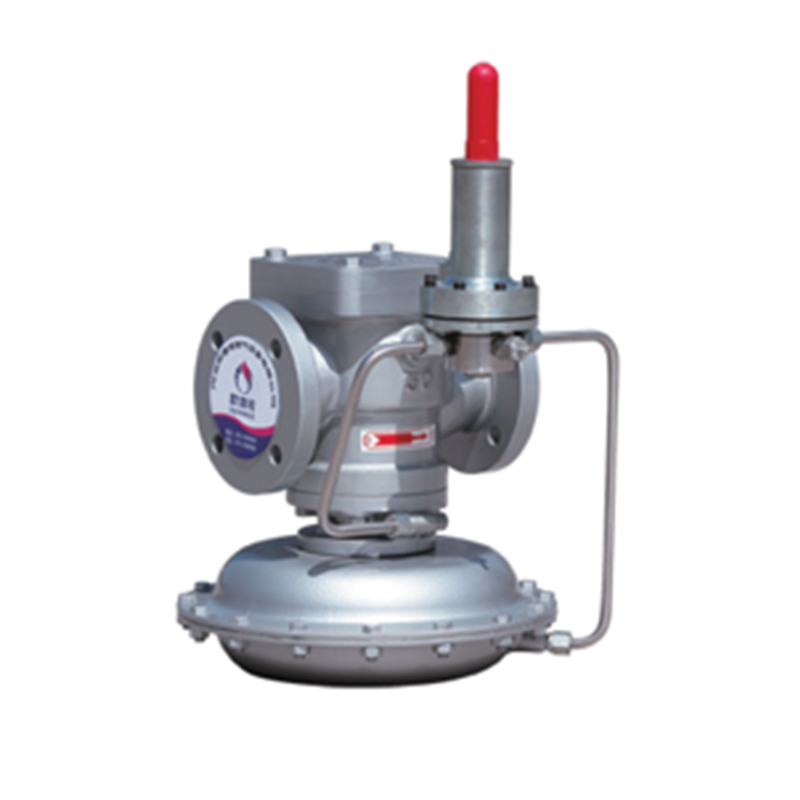
Nov . 28, 2024 06:18
Back to list
Safety Valve Ensuring Optimal Pressure Control and System Protection
The Significance of Safety Valves in Modern Industries
Safety valves play a crucial role in ensuring the safe operation of many industrial processes. These devices are designed to prevent excessive pressure buildup in equipment and systems, which can lead to catastrophic failures, accidents, and even loss of life. Given the diverse applications of safety valves, understanding their working principles, types, and importance in various industries is essential for anyone involved in engineering and safety management.
Understanding Safety Valves
At their core, safety valves are mechanical devices that automatically release pressure when it exceeds a predetermined level. This release helps to protect equipment, such as boilers, pressure vessels, and piping systems, from potential overpressure conditions. The basic operation of a safety valve is relatively straightforward when the internal pressure of a system rises beyond the specified limit, the valve opens, allowing excess pressure to escape. Once the pressure drops to a safe level, the valve closes, ensuring the system remains operational within safe parameters.
Types of Safety Valves
There are several types of safety valves, each suited to different applications. The most common types include
1. Spring-Loaded Safety Valves These are the most widely used safety valves in the industry. They utilize a spring mechanism to stay closed under normal operating conditions and open when pressure rises above the setpoint.
.
3. Weighted-Disk Safety Valves Commonly found in steam applications, these valves use gravity and weight to maintain closure until the pressure threshold is reached.
صمام الأمان

4. Rupture Disc Safety Devices Rather than having adjustable opening points, these devices are designed to rupture at a predetermined pressure, providing a simple and effective means of pressure relief.
Importance Across Industries
Safety valves are integral to various sectors, including oil and gas, chemical manufacturing, pharmaceuticals, and power generation. In the oil and gas industry, for example, these valves prevent blowouts and explosions by carefully regulating the pressure within extraction equipment. In chemical manufacturing, where reactions can produce hazardous gases, safety valves ensure that pressure does not reach levels that could result in leaks or explosions.
In the pharmaceutical industry, the integrity of pressure systems is vital to ensuring product quality and safety. Safety valves help to maintain optimal pressure conditions in reactors and storage tanks, ensuring that sensitive processes are not disrupted. Similarly, in power plants, steam safety valves are critical for maintaining safe operating pressures in boilers, protecting against equipment failure, and ensuring the safety of plant staff.
Regulatory Compliance
In many countries, regulations govern the design, installation, and maintenance of safety valves. Organizations, including the American Society of Mechanical Engineers (ASME) and the Occupational Safety and Health Administration (OSHA), set standards to ensure the reliability and performance of these essential devices. Compliance with these regulations not only protects workers and the environment but also minimizes the financial risks associated with equipment failures and accidents.
Conclusion
The role of safety valves in industrial operations cannot be overstated. By providing a reliable means of pressure relief, these devices protect both people and equipment from potential hazards. As industries continue to evolve, the design and functionality of safety valves will also advance, driven by the need for increased safety and efficiency. Therefore, understanding and implementing proper safety valve practices is essential for engineers, safety professionals, and anyone responsible for maintaining industrial operations. Investing in high-quality safety valves and regular maintenance is not just a regulatory requirement; it is a commitment to safeguarding lives and preserving assets in today's dynamic industrial landscape.
Latest news
-
Safety Valve Spring-Loaded Design Overpressure ProtectionNewsJul.25,2025
-
Precision Voltage Regulator AC5 Accuracy Grade PerformanceNewsJul.25,2025
-
Natural Gas Pressure Regulating Skid Industrial Pipeline ApplicationsNewsJul.25,2025
-
Natural Gas Filter Stainless Steel Mesh Element DesignNewsJul.25,2025
-
Gas Pressure Regulator Valve Direct-Acting Spring-Loaded DesignNewsJul.25,2025
-
Decompression Equipment Multi-Stage Heat Exchange System DesignNewsJul.25,2025

